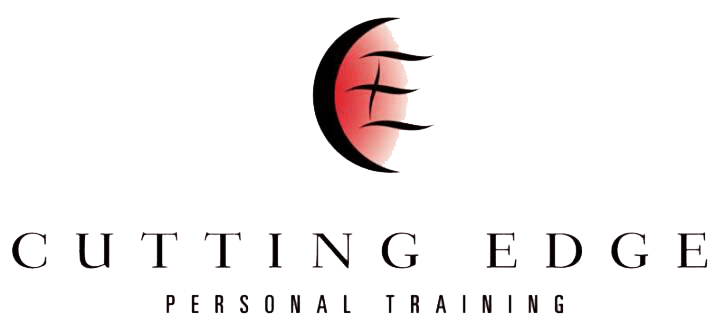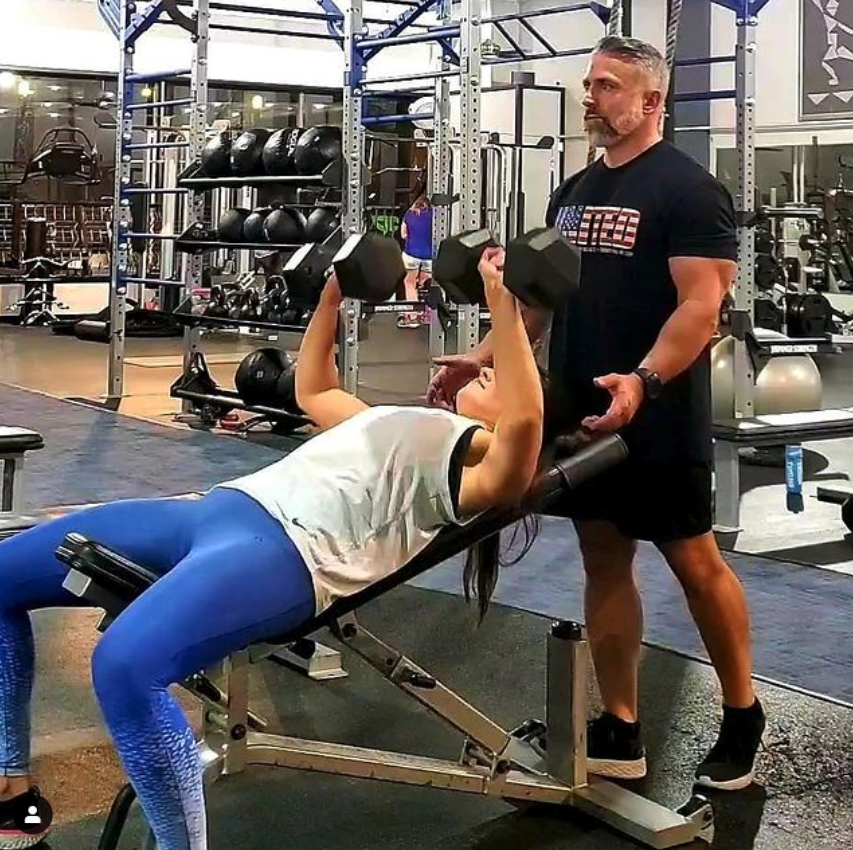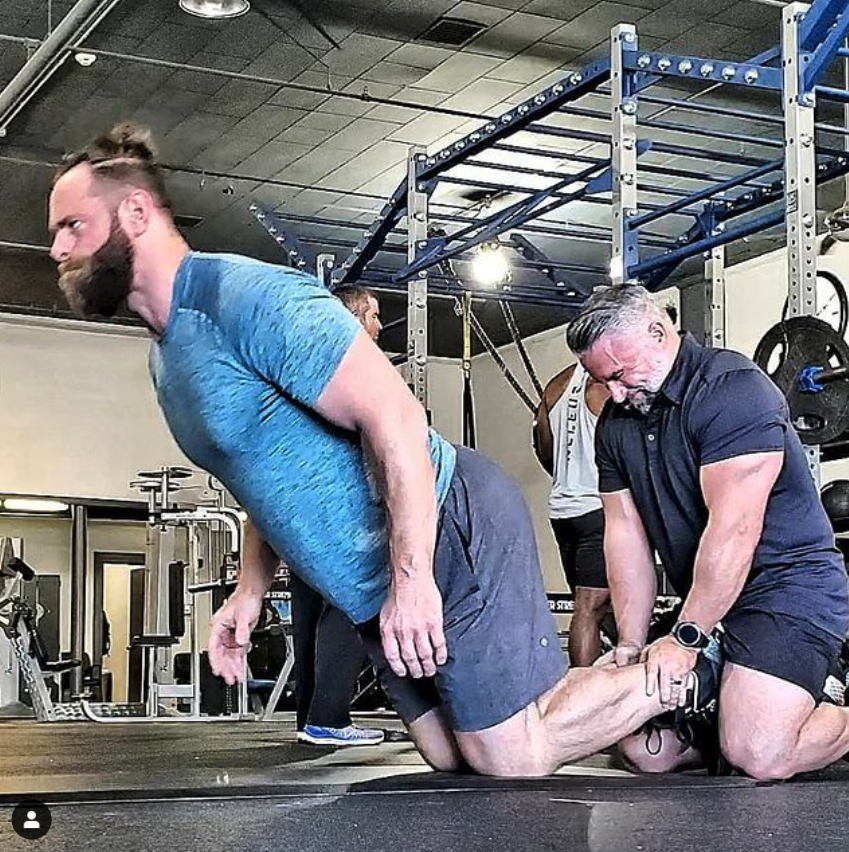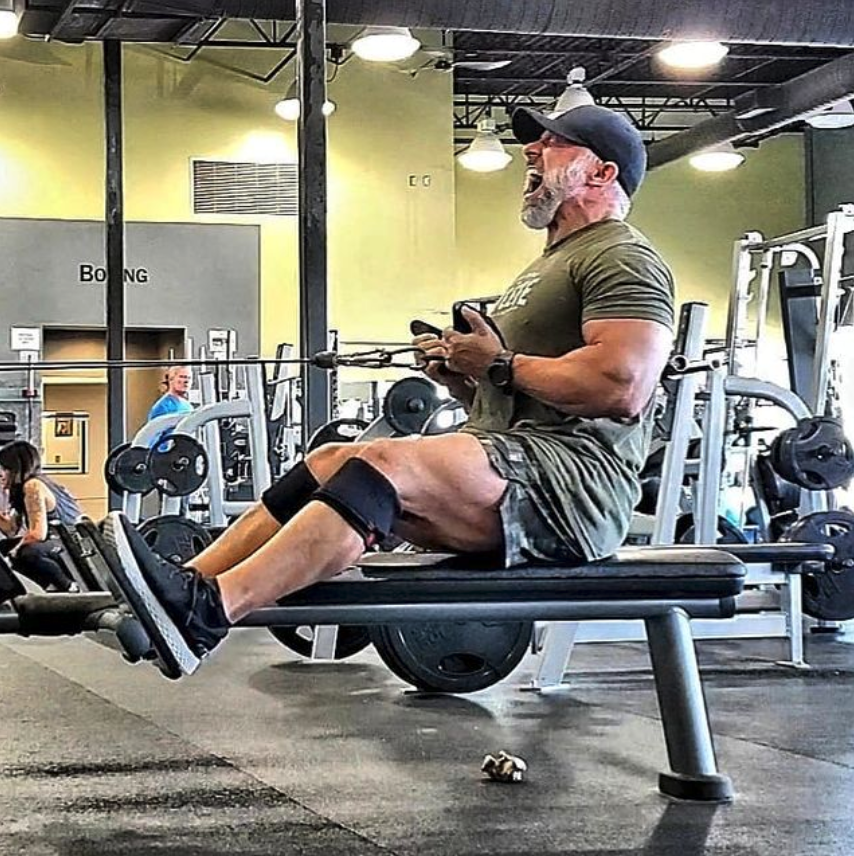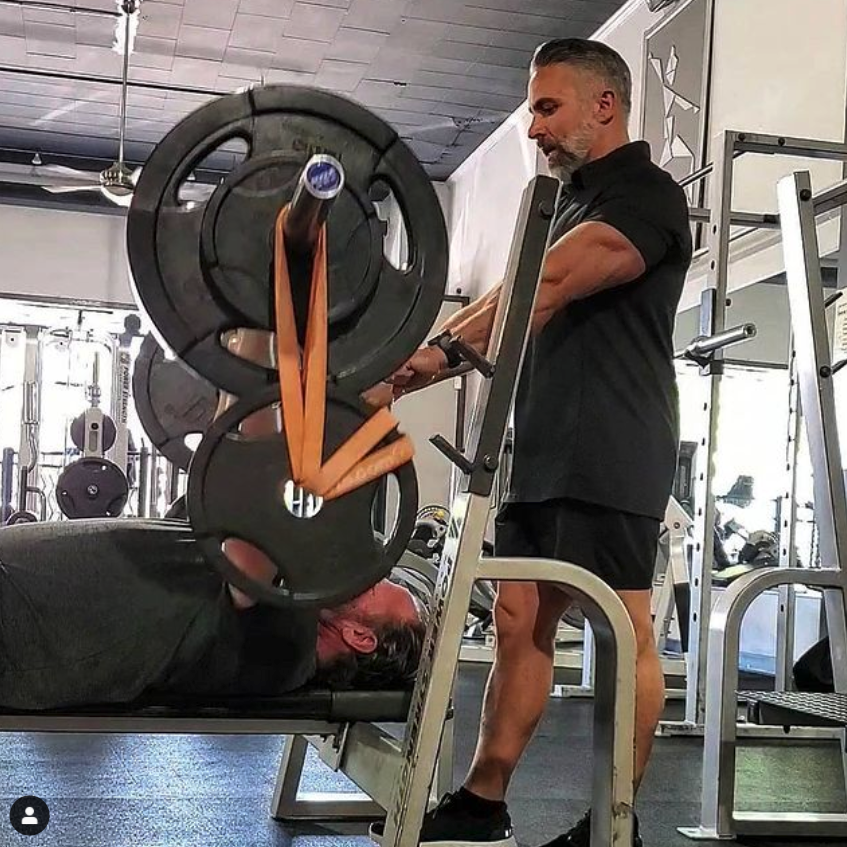YOUR GUIDE TO STRENGTH TRAINING IN NASHVILLE, TN
Foundations of strength training
Understanding the foundations of strength training is crucial for achieving lasting results. This guide aims to provide you with comprehensive insights into the biological, nutritional, and practical aspects of strength training. By exploring how your muscles work, what nutrients they need, and how to perform exercises correctly, we ensure you are well-equipped to start or enhance your strength training journey effectively.
Our goal is to help you build a solid foundation, paving the way for safe, efficient, and successful workouts that lead to tangible improvements in strength and overall health. Contact Jim at 629-219-2223 to get started.
G E T R E S U L T S W I T H J I M ' S
CUSTOM STRENGTH TRAINING PROGRAM
DIET + NUTRITION
UNDERSTANDING MUSCLE FIBERS
MUSCLE GROWTH
PROTECTING MUSCLES
Types of
MUSCLE FIBERS
It is important to understand the different types of muscle fibers and their roles in strength and endurance training. Your muscles are composed of three main types of fibers: Type I, Type IIa, and Type IIb.
Type I fibers, also known as slow-twitch fibers, are highly resistant to fatigue and are primarily used for endurance activities such as long-distance running or cycling. These fibers generate less force but can sustain activity for prolonged periods. Type IIa fibers, or fast-twitch oxidative fibers, have a mix of endurance and strength capabilities. They are more fatigue-resistant than Type IIb fibers and are used in activities that require both power and endurance, such as middle-distance running and swimming. Type IIb fibers, or fast-twitch glycolytic fibers, produce the most force and power but fatigue quickly. They are crucial for short, explosive movements like sprinting and heavy lifting.
By understanding these muscle fiber types, you can tailor your training program to optimize both strength and endurance, ensuring a balanced and effective workout regimen.
HOW DIFFERENT EXERCISES
AFFECT MUSCLE FIBERS
Endurance training, such as long-distance running or cycling, primarily targets Type I slow-twitch fibers, enhancing their efficiency and fatigue resistance. In contrast, strength training and high-intensity interval training (HIIT) are more focused on Type II fibers. Moderate weights and higher repetitions engage Type IIa fibers, boosting both strength and endurance, while heavy lifting with fewer repetitions activates Type IIb fibers, maximizing power and explosive strength.
By tailoring your training regimen to target specific muscle fibers based on your fitness goals, you can optimize your performance and achieve better results. Understanding how different exercises influence these fibers allows for a balanced approach to fitness, ensuring comprehensive development and improved overall physical performance.
FACTOR THAT AFFECT
MUSCLE GROWTH
At Cutting Edge Personal Training, we recognize that muscle adaptation to stress is a fundamental aspect of strength training, primarily occurring through a process known as hypertrophy. Hypertrophy involves the enlargement of muscle fibers in response to the stress of resistance training. When you lift weights or perform other forms of strength training, small tears occur in the muscle fibers. The body repairs these tears during rest, leading to increased muscle size and strength.
Factors influencing muscle growth include genetics, which determines your potential for muscle development, and age, as muscle growth tends to slow down with advancing age. However, with consistent training, proper nutrition, and adequate recovery, individuals of all ages can experience significant improvements in muscle mass and strength.
By understanding these principles, you can tailor your workouts to maximize muscle growth and achieve your fitness goals more effectively.
WHY A CALORIC SURPLUS
IS IMPORTANT
DURING STRENGTH TRAINING
Starting your strength training journey requires consuming more calories than you burn, creating a caloric surplus. This surplus provides your body with the necessary energy and nutrients to repair and build muscle tissue. To calculate a starting surplus, first determine your Total Daily Energy Expenditure (TDEE), which includes your Basal Metabolic Rate (BMR) and the calories burned through daily activities and exercise.
Once you have your TDEE, add 250-500 calories per day to create a surplus. This range is typically sufficient to promote muscle growth without gaining excessive fat. By carefully managing your caloric intake and focusing on nutrient-dense foods, you can optimize muscle development and achieve your fitness goals more effectively.
ROLE OF PROTEIN
IN STRENGTH TRAINING
Protein provides the essential amino acids required for muscle hypertrophy and recovery, making it a cornerstone of any effective strength training regimen. Optimal sources of protein include lean meats such as chicken and turkey, fish, eggs, dairy products like Greek yogurt and cottage cheese, plant-based options like lentils, chickpeas, and tofu, and protein supplements when needed. Timing is also crucial for maximizing muscle gains; consuming protein within 30 minutes to two hours post-workout can enhance muscle repair and growth.
Additionally, spreading protein intake evenly throughout the day helps maintain a positive nitrogen balance, supporting continuous muscle recovery and growth. By focusing on quality protein sources and strategic timing, you can significantly boost your muscle-building efforts and achieve better results.
CREATING A BALANCED DIET
FOR MUSCLE GROWTH
A balanced diet that goes beyond just protein is essential in supporting overall health and muscle function. Carbohydrates are vital for providing the energy required for intense workouts, ensuring that your muscles have the fuel they need to perform at their best. Healthy fats, found in foods like avocados, nuts, and olive oil, are essential for hormone production, including hormones that support muscle growth and recovery.
Additionally, vitamins and minerals play crucial roles in various bodily functions, from bone health to immune support, and are indispensable for muscle repair and energy metabolism. Ensuring a diverse and balanced intake of these nutrients helps maintain optimal health, enhances workout performance, and supports efficient muscle growth and recovery.
By focusing on a well-rounded diet, you can achieve a stronger, healthier body that performs at its peak both in and out of the gym.
BASIC STRENGTH TRAINING EXERCISES
FOR MUSCLE GROWTH
At Cutting Edge Personal Training, I’ll introduce you to the fundamental strength training exercises that effectively target major muscle groups, setting the foundation for a strong and balanced physique. Squats are a cornerstone exercise that primarily engages the quadriceps, hamstrings, glutes, and core, making them essential for lower body strength and stability.
Deadlifts are another key exercise, targeting the entire posterior chain, including the lower back, glutes, hamstrings, and upper back, promoting overall strength and functional fitness. Bench presses focus on the chest, shoulders, and triceps, building upper body strength and enhancing muscle definition. These compound movements not only improve muscle mass and strength but also boost metabolic rate and support overall fitness.
By incorporating these basic exercises into your training routine, you can efficiently work multiple muscle groups, achieve balanced development, and lay the groundwork for advanced strength training progress.
HOW STRENGTH TRAINING EXERCISES
CAN IMPROVE MUSCLE GROWTH
An effective strength training program can be created to ensure continuous improvement and prevent plateaus. A well-designed program should incorporate the right balance of frequency, intensity, and progression. Training frequency refers to how often you work out each muscle group, typically recommended to be two to three times per week to allow for adequate recovery and muscle growth. Intensity involves the level of effort you put into each session, which can be measured by the weight lifted, the number of repetitions, and the rest intervals.
To stimulate muscle growth and adaptation, it's crucial to progressively increase the intensity by gradually adding more weight, increasing reps, or reducing rest times. This concept of progressive overload helps to continuously challenge the muscles, preventing plateaus and fostering ongoing development. By carefully managing these elements, you can create a balanced and effective strength training program that promotes sustainable gains and overall fitness improvement.
HOW TO PROTECT YOUR MUSCLES
DURING STRENGTH TRAINING
It is important to understand the proper form when beginning your strength training journey to prevent injuries and keep your body safe. Correct form not only maximizes the effectiveness of each exercise by ensuring the targeted muscles are engaged but also significantly reduces the risk of injury. Performing exercises with improper technique can lead to strains, sprains, and other serious injuries that may hinder your progress and set you back. We prioritize teaching and reinforcing proper form to ensure that every movement is executed safely and efficiently.
By focusing on technique, you can achieve better muscle activation, maintain balanced muscle development, and promote long-term health and fitness. Whether you are lifting weights, performing bodyweight exercises, or engaging in functional training, maintaining proper form is essential for achieving your fitness goals safely and effectively.
PERSONALIZED STRENGTH TRAINING PLANS
FOR YOU
As you embark on your strength training journey, remember that patience and persistence are key. Gains in muscle mass and strength require consistent effort and dedication over time. At Cutting Edge Personal Training, we are here to support you every step of the way, providing personalized training plans tailored to your specific needs and goals. Whether you are a beginner or looking to enhance your existing routine, our expertise and commitment to your success will help you achieve your fitness objectives.
Don't hesitate to reach out to us for guidance, motivation, and customized training programs. Let's work together to build a stronger, healthier you. Your journey to better strength and fitness starts here.
